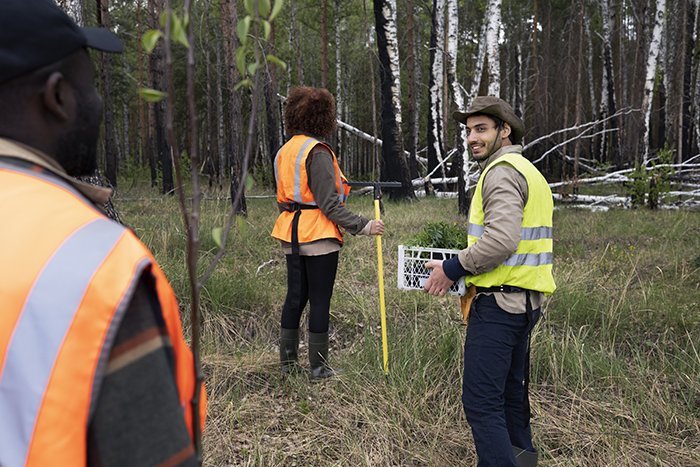A Magnetometer Survey is a geophysical method used to detect and map variations in the Earth's magnetic field. This technique is widely used for identifying buried ferrous objects, locating shipwrecks, detecting unexploded ordnance (UXO), and assessing subsurface geological structures. By measuring magnetic anomalies, magnetometer surveys provide valuable insights for marine engineering, archaeology, and mineral exploration.
At GISMappers, we utilize high-resolution marine magnetometers to conduct precise and efficient surveys. Our state-of-the-art equipment ensures accurate detection and mapping of magnetic anomalies, supporting industries such as offshore construction, environmental monitoring, and resource exploration.


© Copyright 2025. All Rights Reserved by GISMappers Saudi Arabia